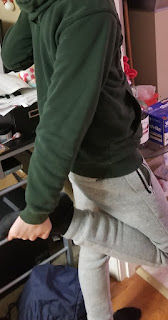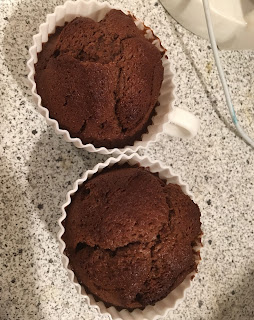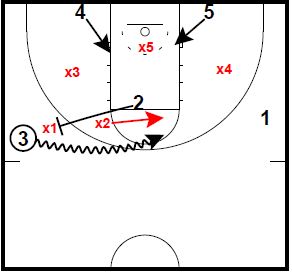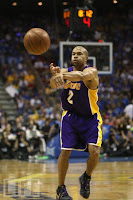Ellis, Joseph.
Running Injury-Free: How to prevent, Treat, and Recover from Runner's Knee, Splints, Sore Feet, and Every Other Ache and Pain. Rodale, 2013.
Many people, including myself, take stretching for granted and at times even skip doing it because we're lazy, or really eager to do the main exercise, or we just simply don't see the point in it. But after reading the book, "
Running Injury-Free: How to prevent, Treat, and Recover from Runner's Knee, Splints, Sore Feet, and Every Other Ache and Pain" by Joseph Ellis, I will never look at stretching the same way again.
I learned from the book that without flexibility, you are more likely to get injured. The book states, " Without flexibility, your legs are an injury waiting to happen. That's because the muscles can't go through their normal ranges of motion when they are too tight. The best time to stretch is not before you exercise but after a run when your muscles are already warmed up and elongated" (Ellis 241).
That quote shows just how important stretching is. Although know how to stretch is important too. The book says, " Flexibility exercises always stretch the muscles slowly and gradually. Stretching movements should never be jerky, stiff, or hard. The proper way to stretch is to stretch the muscle gradually for 30 seconds at a time to allow it to lengthen. Do this three or four times per area, daily. Never stretch a muscle to the point of pain. If you feel pain when you are stretching, you are either stretching too hard or some injury needs attention" (Ellis 241).
There is a lot of stretches to choose from but I will demonstrate 3 that I think will benefit me the most. The 3 stretches are called: hip flexor II, calf stretch (with wedge) and hamstring stretch I.
To do the hip flexor II, stand next to a wall, chair, or table to support yourself with one hand. Bend one knee and grasp the ankle of the same leg and gently pull your ankle towards your lower back. Do this without bending forward and hold. You should feel a stretch across the front of the thigh and the front of the hip. Repeat with the other leg.
 |
Hip flexor II
|
To do the calf stretch (with wedge), put one foot on a wedge (a slant board at about 30 degrees) with your heel resting on the floor. I did it with the edge of a shelf because I couldn't find a wedge so I used something that was as close to it as possible. Keep your toes straight and get something to support yourself. Then press you entire body forward and hold. You should feel a stretch in the lower back of your leg, closer to the heel. Then repeat with the other leg.
 |
| Calf Stretch (with wedge) |
To do the hamstring stretch I, lie on your back and lift your leg straight up so your hip is at a 90-degree angle, clasp both hands behind the knee to stabilize the thigh, and straighten the knee as far a as possible. Keep your ankle flexed toward the knee and keep the opposite leg straight unless you experience back pain. Hold. You should feel a stretch in the calf, behind the knee, and in the lower part of the thigh. Repeat with the other leg.
 |
Hamstring Stretch I
|
Do you have certain routines such as stretches before or after exercises? If so, what are they?









